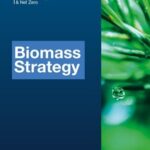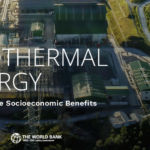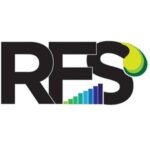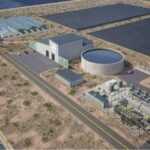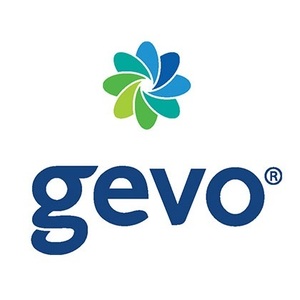EPA publishes report on RNG
Energy Disrupter
ADVERTISEMENT
The U.S. EPA’s Landfill Methane Outreach Program in July published a report on renewable natural gas (RNG) that aims to provide biogas stakeholders and other interested parties with a resource to promote and potentially assist in the development of RNG projects.
The 55-page report addresses RNG feedstocks and sources, options for delivering and using the fuel, the benefits of RNG projects, an estimate of current operational and potential RNG projects, and the processes and technologies used to upgrade biogas to RNG. The report also addresses policies and incentives to boost RNG development and use as well as barriers to RNG project development.
In the report, the EPA estimates that more than 100 RNG projects are currently operational across 34 states. About 40 additional projects were under development as of February 2020.
As of March 2020, the EPA LMOP Landfill and LFG Energy Project Database showed there were 564 operational landfill gas (LFG) energy projects in the U.S., 65 of which produced RNG. Of those 65 projects, 53 were injecting RNG into the pipeline for use as vehicle fuel, six were using RNG locally in CNG applications, five were injecting RNG into the pipeline for use in applications other than vehicle fuel, and one was using RNG locally in LNG applications.
The report also notes that approximately 13 water resource recovery facilities (WRRFs) were converting biogas into RNG. In addition, the report cites the EPA AgSTAR database as showing that as of March 2020, the U.S. had 255 operational digester projects that process livestock manure. More than 20 percent of those manure-based digester projects are currently producing RNG.
A full copy of the report, titled “An Overview of Renewable Natural Gas from Biogas,” can be downloaded from the EPA website.


